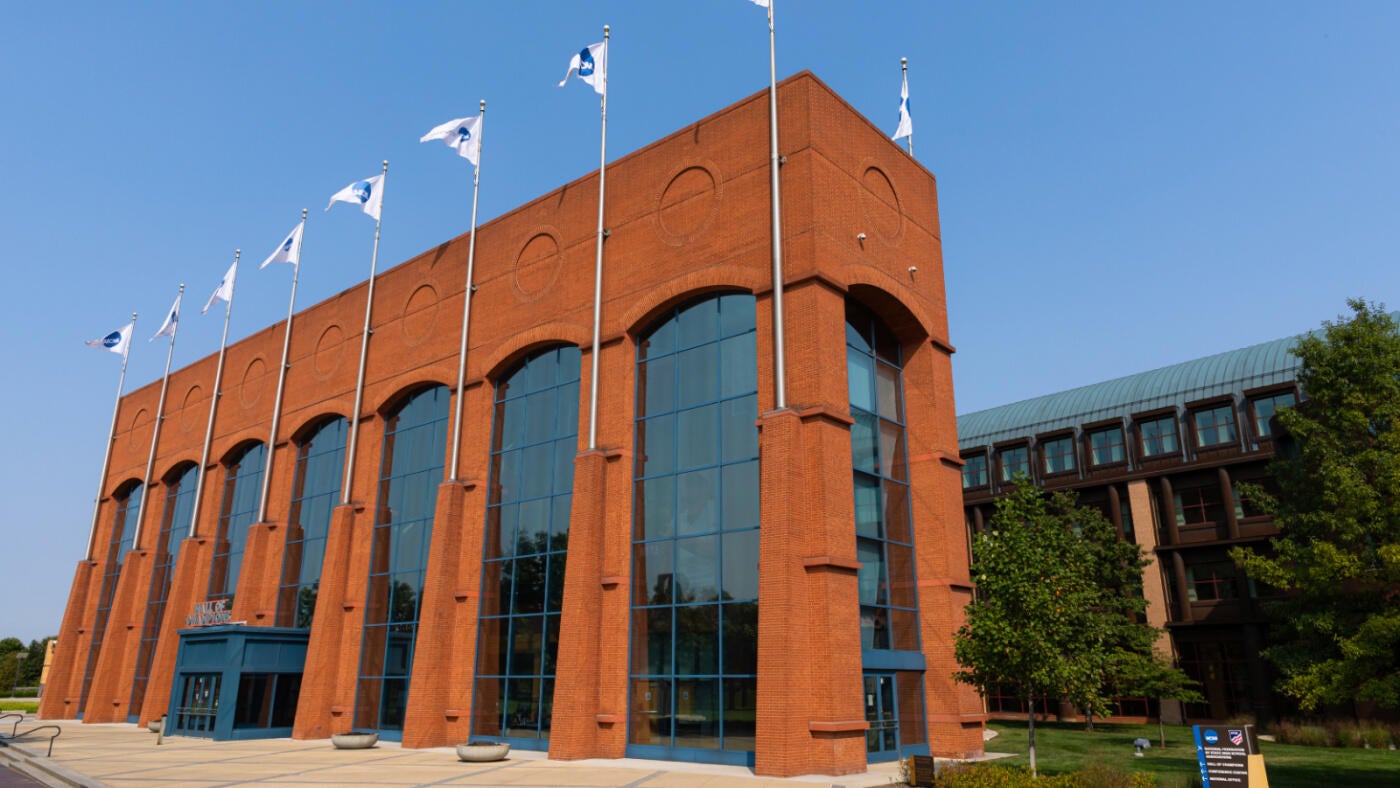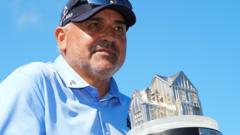
Wilken didn’t buy the NCAA’s defense.
It was a profound moment in the history of college sports, even if Wilken’s narrow decision for the plaintiffs at the time only led to athletes receiving modest scholarship stipends.
“Back then, the myth of amateurism was impenetrable,” said Michael Hausfeld, the lead attorney for O’Bannon. “Now it’s totally gone.”
Eleven years later, Hausfeld was also back in Wilken’s courtroom, concerning a much more drastic change to the landscape: The proposed House v. NCAA settlement, which would allow universities to share $20.5 million in revenue in the first year, and escalating from there, with their athletes.
Quite a leap from those $5,000-or-so stipends back in 2014.
Wilken spent the day listening to testimony from individuals with objections to the House settlement. Hausfeld, representing former Iowa basketball star Jordan Bohannon and several other athletes, was one of them.
While his clients who played before 2021 stand to earn a cut of the settlement’s $2.75 billion in NIL back pay, Hausfeld is more concerned about the future. He believes the schools’ $20.5 million spending cap, coupled with a coming clearinghouse (run by Deloitte) charged with curtailing NIL deals from boosters, could cause future athletes to money.
“The market should be a free market,” Hausfeld said before the hearing. “There’s a shiny object (the $20.5 million in revenue sharing), but only if (the schools) are able to shut off the collectives — because that’s what the settlement seems to do. If you shut that off, you’re removing billions of dollars that the athletes otherwise will receive, with that funding now going through the NCAA for them to control that.”
“Basically, I think it is a good settlement. I think it’s worth pursuing,” Wilken said at the end of a 6 ½ hour hearing. But she gave the parties another week to address several issues she raised that they may want to “fix.”
The entire college sports industry has been operating for months on the assumption that Wilken will approve the settlement. Many schools made revenue-sharing deals with players in last winter’s football transfer portal, to take effect in July. Basketball programs were rushing to sign transfers with collectives’ dollars before Monday’s hearing, before name, image and likeness (NIL) regulations might go into effect immediately. (They did not.)
Their confidence comes from the fact Wilken gave the settlement preliminary approval last October, and the terms have not changed since. What did happen was that 73 individuals — out of a class of 390,000 current and former athletes — filed objections with the court over various issues. Monday was their day to be heard.
She heard from LSU gymnast Olivia Dunne, who appeared via Zoom and said her estimate for NIL back pay did not come close to matching her actual earnings. And Gracelyn Laudermilch, a high school track athlete in Pennsylvania, who said she lost an offer from her dream school due to the settlement’s roster limits. And Gannon Flynn, a freshman swimmer for Utah, who ...


